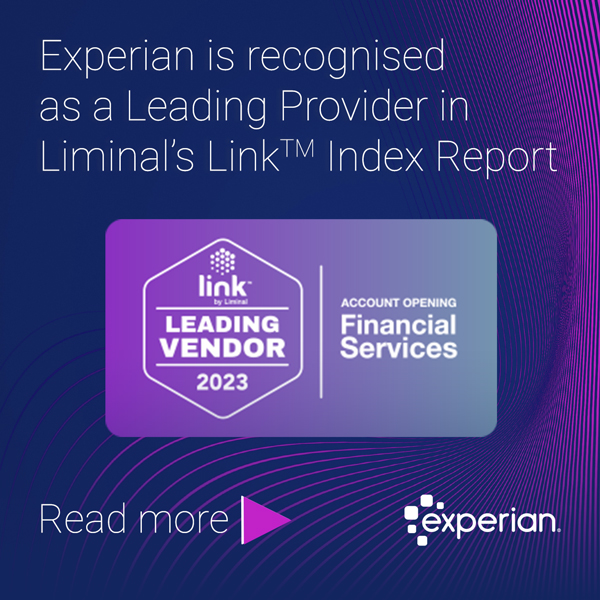Monthly Archives: January 2022
Loading...

The ecosystem of credit lending platforms and technologies has rapidly grown in the past year. The top business priority emerging from the pandemic has...

Interview with Donna DePasquale, EVP and GM of Global Decisioning, on winning a 2021 Bronze Stevie Award for Supporting Women and Employee Resource Groups...

Mike Gross, VP of Applied Fraud Research & Analytics, takes a look at the seven top global fraud predictions for 2022. A new wave...

Did you miss these December business headlines? We’ve compiled the top global news stories that you need to stay in-the-know on the latest hot...





